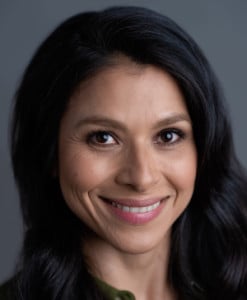Medical Narration
Description
Vocal Characteristics
Language
EnglishVoice Age
Middle Aged (35-54)Accents
North American (General)Transcript
Note: Transcripts are generated using speech recognition software and may contain errors.
wound healing involves multiple cell populations, the extra cellular matrix and the action of soluble mediators such as growth factors and cytokines. Although the process of healing is continuous, it may be arbitrarily divided into four phases. Coagulation and homeostasis, inflammation proliferation, and wound remodeling with scar tissue formation immediately after injury. Coagulation and homeostasis take place in the wound. The principal aim of these mechanisms is to prevent exsanguination. It is a way to protect the vascular system, keeping it intact so that the function of the vital organs remains unharmed despite the injury. A second long term aim is to provide a matrix for invading cells that are needed in the later phases of healing. The hue, mural and cellular inflammatory phase follows next with the aim of establishing an immune barrier against invading microorganisms. When ongoing injury has ceased, he most Asus has been achieved and an immune response successfully set in place. The acute wound shifts toward tissue repair. As the final phase of wound healing. The remodeling phase is responsible for the development of new epithelium and final scar tissue formation synthesis of the extra cellular matrix in the proliferated and remodeling phases is initiated contemporaneously with granule ation tissue development
